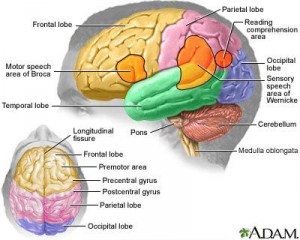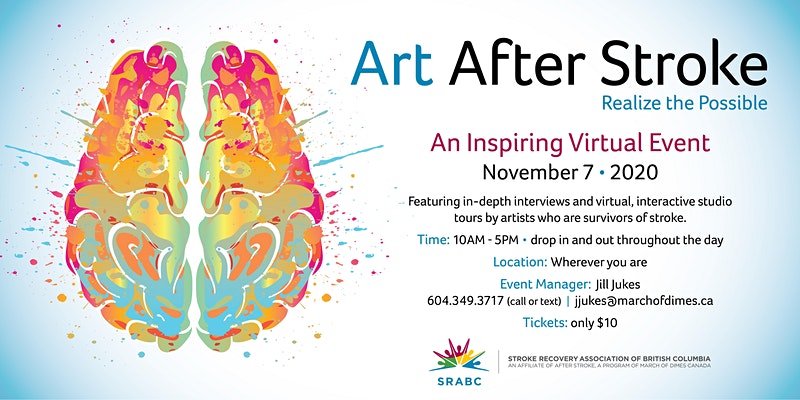How Stroke Recovery can Save You Time, Stress, and Money.



Throughout this time, most patients will enter and finish an inpatient rehab program, or make development in their outpatient treatment sessions. The goal of rehab is to bring back function as close as possible to prestroke levels or develop payment methods to work around a practical impairment. An example of a compensation method is discovering to hold a toothpaste tube so the strong hand can unscrew the cap.
Some patients will experience setbacks in the months after a stroke, like pneumonia, a cardiac arrest or a second stroke (stroke recovery). These obstacles can have considerable results physically, mentally and mentally, and rehabilitation might need to be postponed. It is very important to deal with your care group to change rehabilitation objectives when there are setbacks.
One innovative technique is noninvasive brain stimulation (NIBS), which utilizes weak electrical currents to stimulate locations of the brain related to specific tasks like motion or speech. This stimulation can assist boost the impacts of therapy. After 6 months, improvements are possible however will be much slower. The majority of stroke patients reach a relatively constant state at this moment.
Others will have ongoing disabilities, likewise called chronic stroke illness. Whether a complete healing is possible depends on a variety of aspects, consisting of severity of the stroke, how fast the preliminary treatment was supplied, and the type and intensity of rehab. Even though healing does slow down, it is still vital to continue following up with members of your care team, consisting of: Your primary care physician, who can help you manage any health concerns aside from stroke recovery, as well as take actions to avoid future strokes A rehab doctor (physiatrist), who can help coordinate elements of your recovery and keep conference with you as long as you need the assistance, whether advice it's for a couple of years or the rest of your life Physical, occupational and speech therapists, who can assist you recuperate that site as much function as possible in daily activities, with a concentrate on your personal objectives A neurologist, who understands the mechanisms behind stroke-related brain injury and can suggest customized treatments to target the afflicted area of the brain A rehabilitation psychologist, who can assist with cognitive, emotional and behavioral operating in addition to reintegrating with the neighborhood, which can help in healing "Throughout checkups, I look to support patients any way I can," says Pruski, a physiatrist.
Stroke Recovery - Truths
While improvement might take longer for some clients, there's still hope for small advances. "I believe it's crucial to paint a picture of hope in stroke," Pruski says. "Each time you need less help with a task, that is a milestone for the patient.". offered by therapists experienced in neurorehabilitation using modern devices. Patients who finish this treatment may be suggested for addition in stroke research study studies or our Stroke Team Assessment and Recovery Treatment (START) Program. is for stroke survivors who have actually finished basic treatment and want a second opinion from an interdisciplinary team of medical, treatment and research professionals to identify if a fuller healing may be possible.
This service is readily available for clients who have already completed basic treatments, from those a couple of months to numerous years post-stroke. testing the most current stroke recovery strategies and tools. The care offered as part of these research studies are at no charge to the client. programs, consisting of aquatics. Clients being released click now from a severe care hospital and prepared to start their healing from stroke.
Clients who have finished their standard restorative treatments, even those who are years post-stroke, and are looking for a fuller healing. stroke recovery. These patients may benefit from the to help restore abilities. Interdisciplinary group of neurologists, physical medication and rehabilitation physicians, physical, occupational and speech therapists, neuropsychologists and researchers specialized in neurorehabilitation.
Augmentative interaction can likewise be supplied when required. Modern equipment such as the BalanceMaster, Gait Rite, Bioness, Saeboflex and driver simulator, as well as the location's only warm water treatment pool with a portable flooring for easy client gain access to. Association with the University of Cincinnati Medical Center, Cincinnati's University of Cincinnati Medical Center and the UC Gardner Neuroscience Institute, extending the experience and know-how of their worldwide understood Stroke Group to the next step in stroke treatment-helping clients regain abilities and restore their lives after stroke.
You do not need to recover from stroke alone. Signing up with a support group will assist you connect with others facing similar challenges. In addition to emotional assistance, these groups share crucial tips, such as suggestions for nutrition and wellbeing practices, monetary assistance resources and rehabilitation activities. Clients, families and caregivers are welcome to any of Cedars-Sinai's assistance groups:: Fulfills second Tuesday of each month, 2-3:30 p.